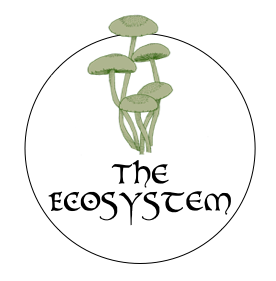|
The Trees in the ForestA collection of stories about the emerging Wild Churches and their leaders.Like any natural ecosystem, the Network is composed of diverse expressions of community, open and allowing for the fresh wind of change to billow through the domestication of our shared Christian faith. Some churches are affiliated with a denomination and may be more liturgical and ordered, others are independent and may be more contemplative or focused on climate activism. Most include a time of solo wandering in nature and sharing their experiences as a group. Some are led by vocational pastors, others by people with no church experience who have felt called to start a Wild Church. This is a movement that cannot be defined by creeds and rules and institutions. It is best described through stories. We will add new stories every month. If you become a member, you can also download the resources created by these innovative, dedicated, beautiful leaders.
|







